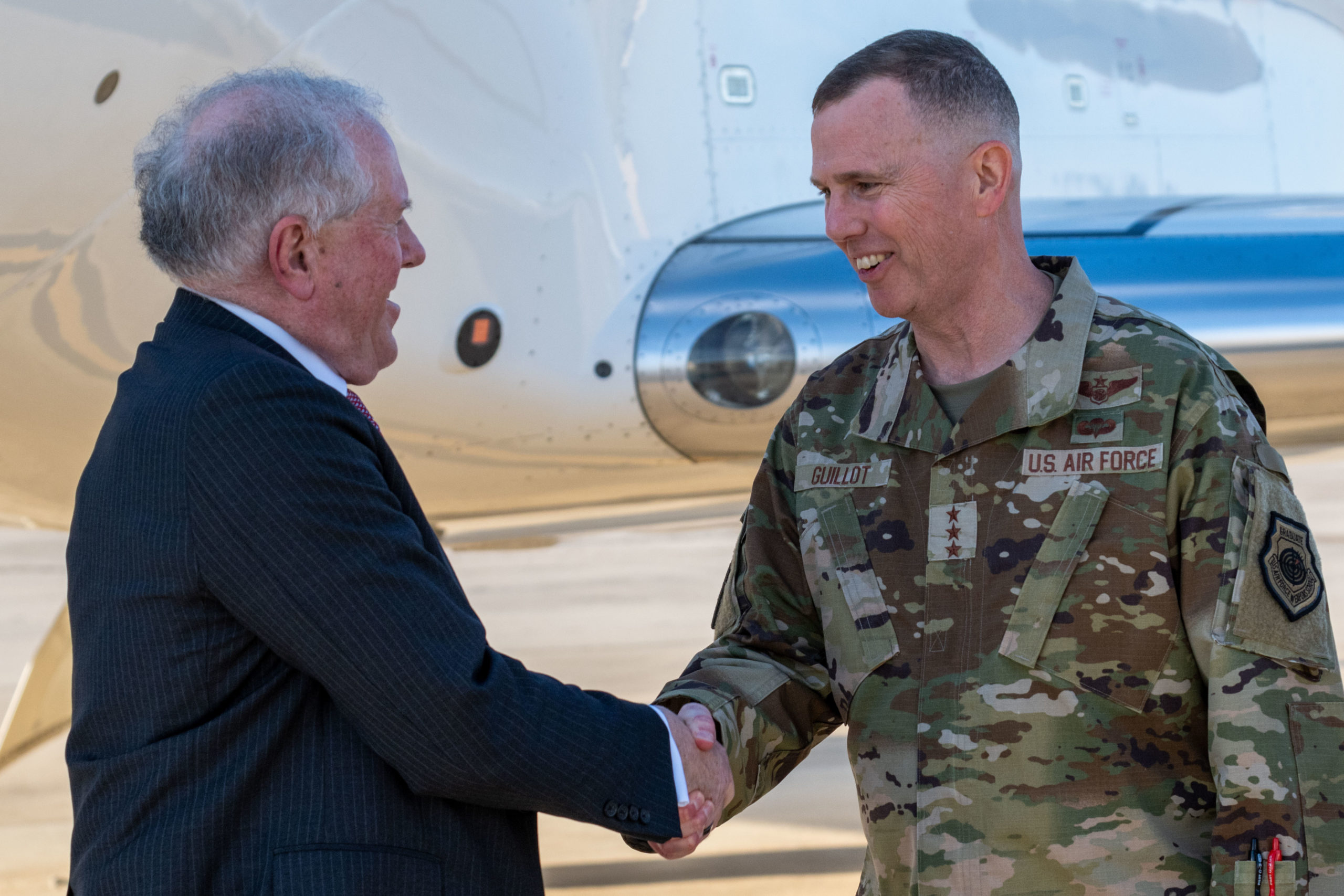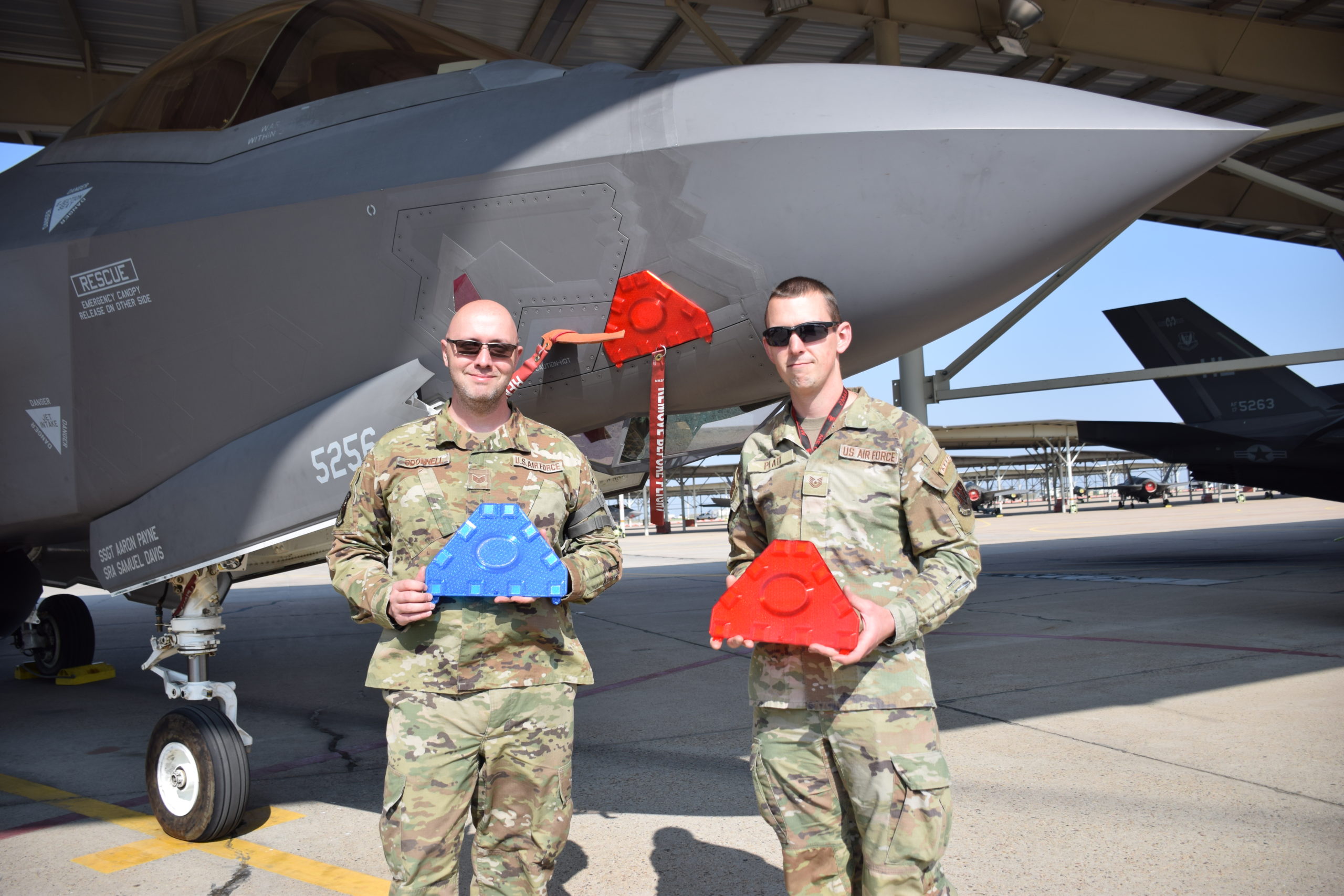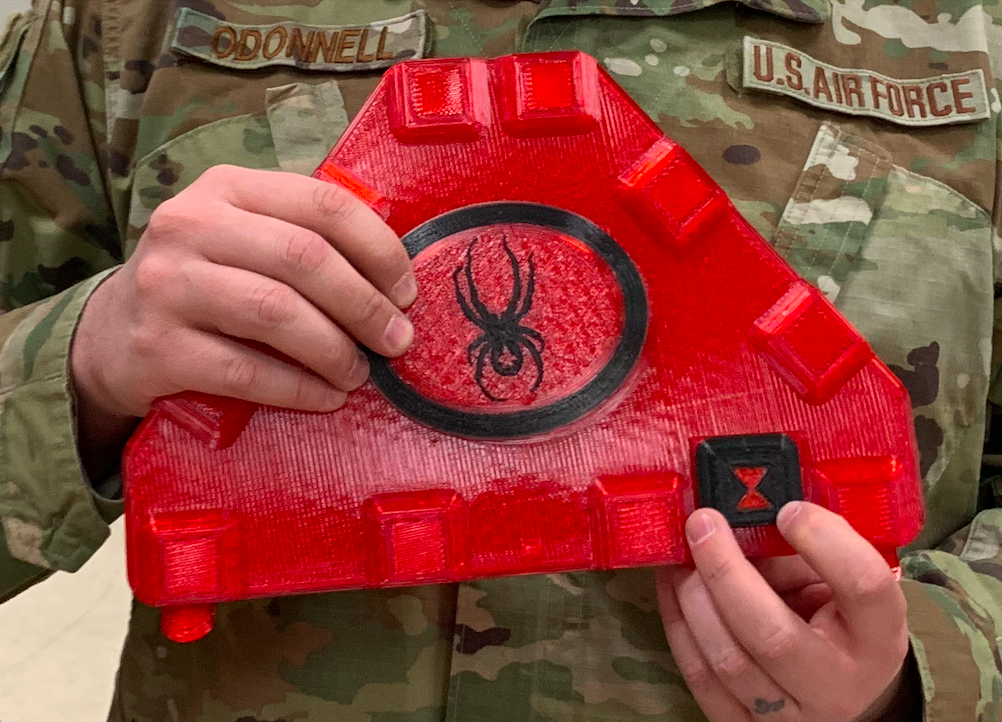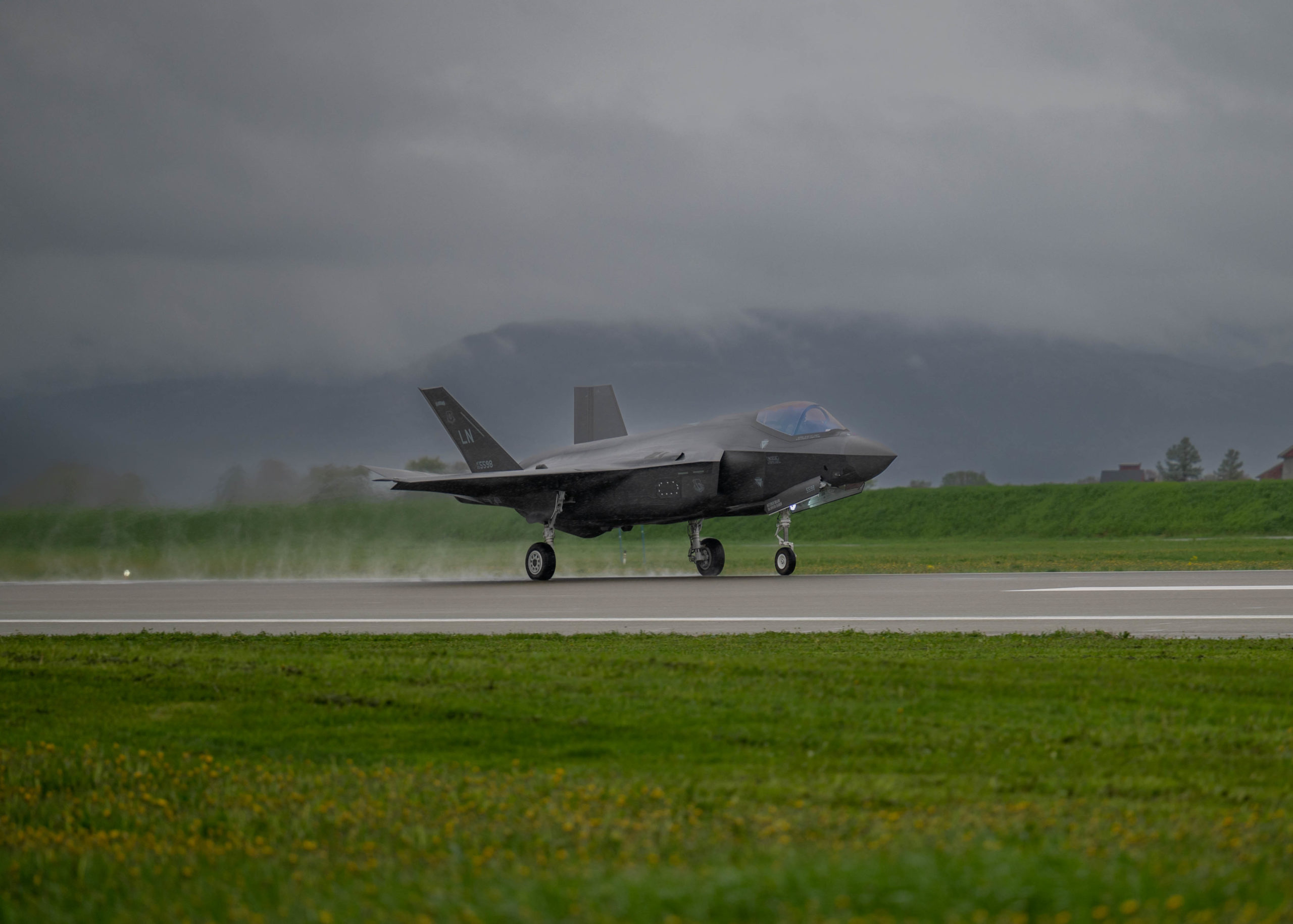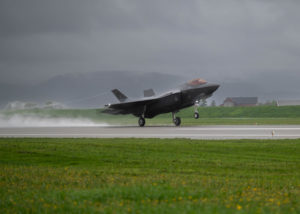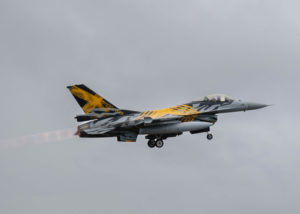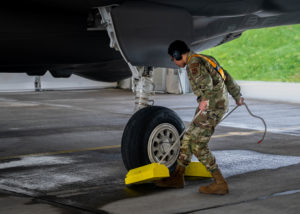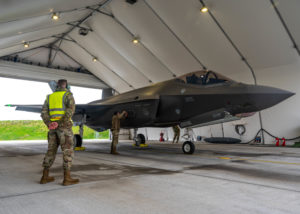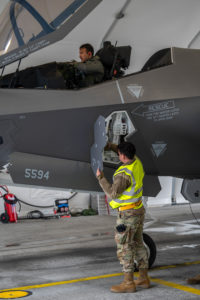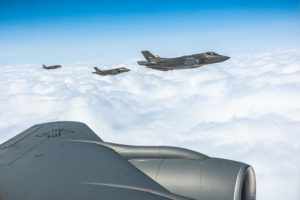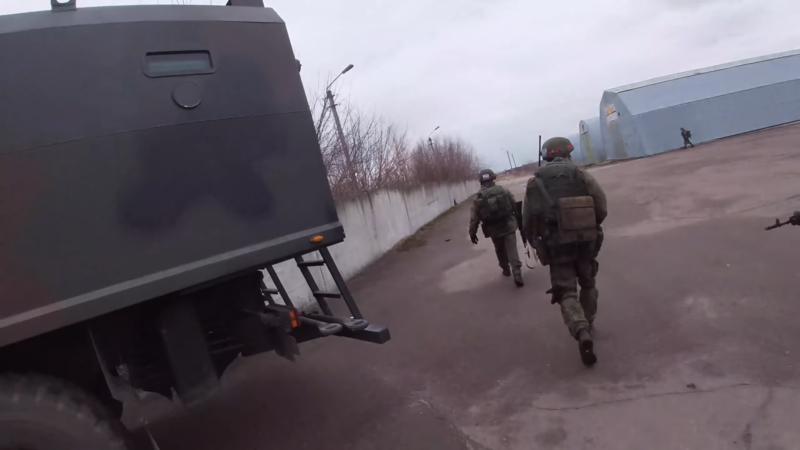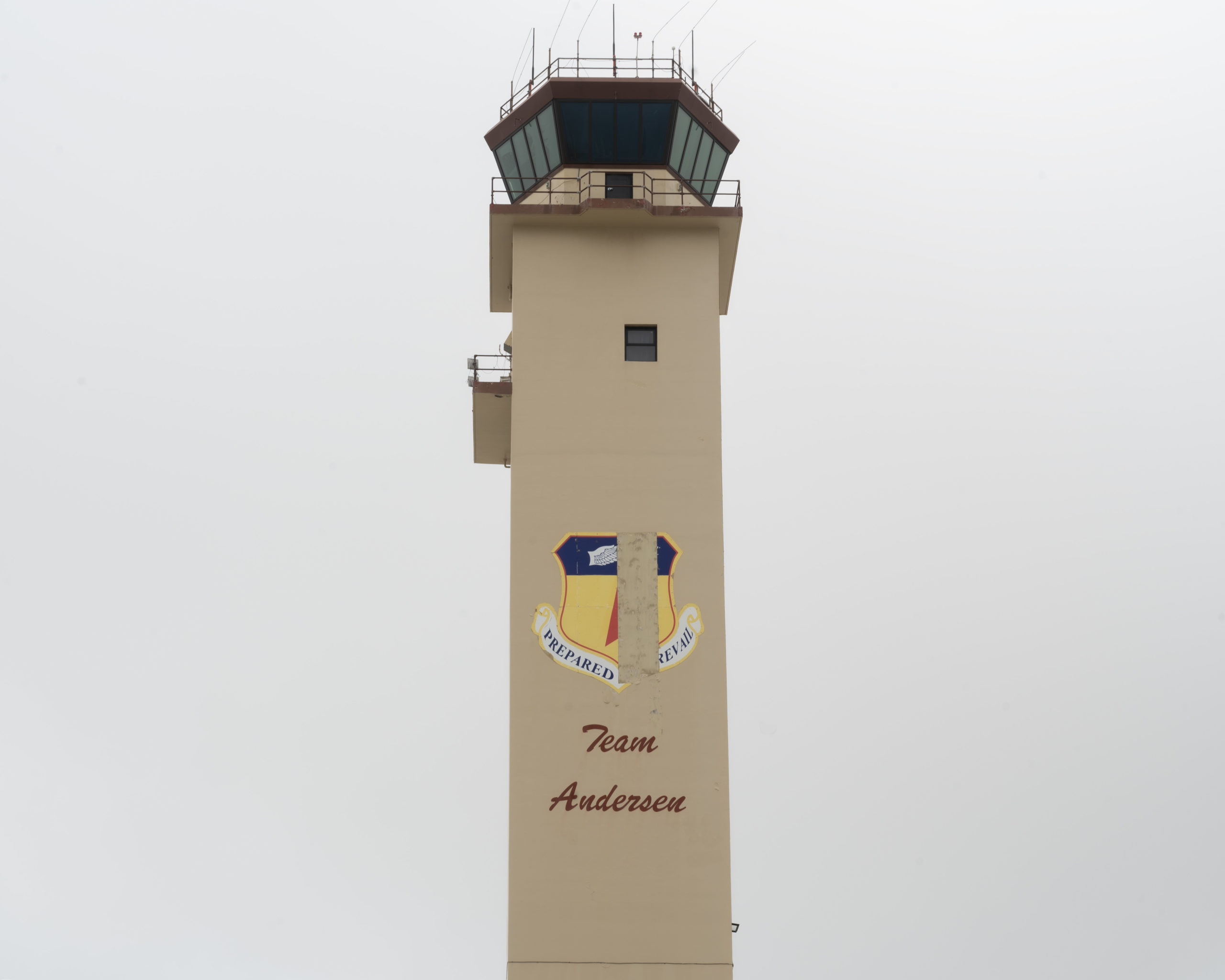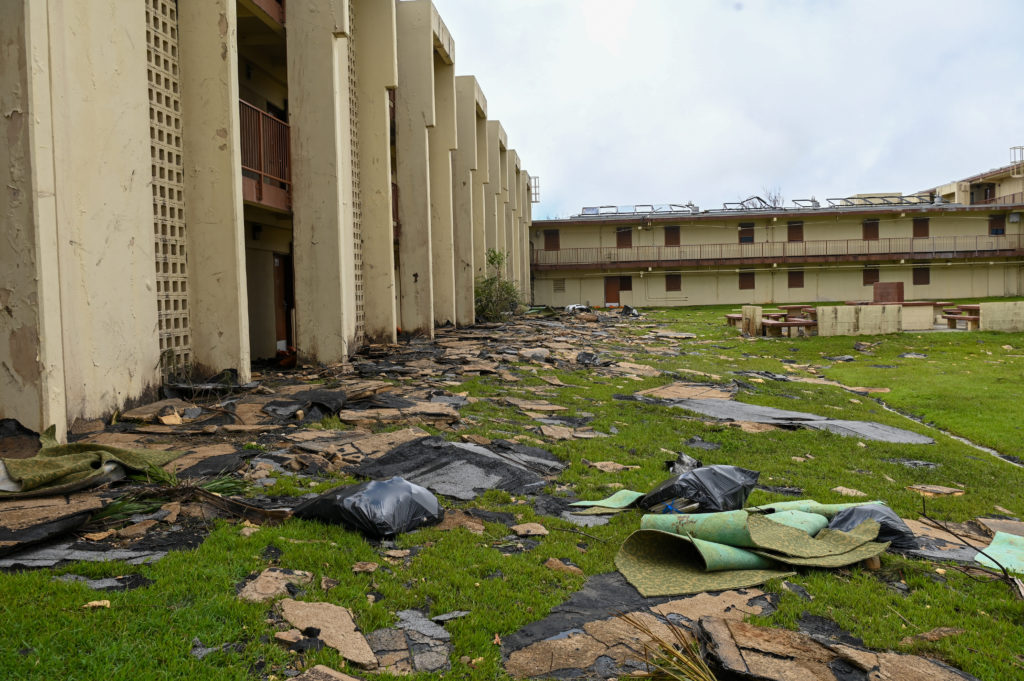President Joe Biden nominated Air Force Lt. Gen. Gregory M. Guillot to add a star and succeed Gen. Glen D. VanHerck as head of U.S. Northern Command and North American Aerospace Defense Command (NORAD). The nomination was among several high-level nominations announced May 31.
The Department of Defense also formerly announced Gen. Charles Q. Brown Jr.’s nomination to be the next Chairman of the Joint Chiefs of Staff and Lt. Gen. Timothy D. Haugh to head U.S. Cyber Command and the National Security Agency.
Guillot, a battle manager by training, is currently deputy commander of U.S. Central Command, and led Air Forces Central before taking that role. He has been instrumental integrating air, missile, and drone defense systems across the Middle East—experience that’s applicable to the challenges facing NORTHCOM’s air and missile defenses.
If confirmed by the Senate, Guillot will succeed VanHerck, who has led NORTHCOM and NORAD since 2020. In that time, VanHerck has advocated for more over-the-horizon surveillance capabilities and warned about potential gaps in domain awareness for protecting the homeland.
VanHerck’s warnings took on new urgency when a Chinese spy balloon transited the entire continental U.S. earlier this year and examinations revealed that other Chinese balloons have slipped undetected past NORAD’s radars in previous years.
“As NORAD commander, it’s my responsibility to detect threats to North America,” VanHerck said at the time. “I will tell you that we did not detect those threats. And that’s a domain awareness gap that we have to figure out.”
VanHerck also advocated for increased attention and funding for Arctic defenses as China and Russia stake out their interests in the region, with shipping lanes opening up due to melting ice.
Guillot’s prior assignments include a stint as director of operations for NORTHCOM and in high-level positions within Pacific Air Forces and Air Combat Command. He has also commanded the 552nd Air Control Wing at Tinker Air Force Base, Okla., and the 55th Wing at Offutt Air Force Base, Neb.
Should Guillot and Haugh be confirmed, four of the 11 combatant commands would be led by Airmen—Gen. Anthony J. Cotton heads U.S. Strategic Command, and Gen. Jacqueline D. Van Ovost tops U.S. Transportation Command.
The Pentagon also announced four three-star Air Force nominations May 31:
- Lt. Gen. Jeffrey A. Kruse to command the Defense Intelligence Agency. If confirmed along with Haugh, that would put Airmen in charge of two key DOD intelligence agencies. Kruse currently advises Director of National Intelligence Avril Haines on military affairs.
- Lt. Gen. Donna D. Shipton to command the Air Force Life Cycle Management Center, which oversees the acquisition and sustainment of weapons systems. Shipton is now the military deputy to Air Force acquisition executive Andrew Hunter.
- Maj. Gen. Heath A. Collins for promotion to lieutenant general and director of the Missile Defense Agency. He would succeed Vice Adm. Jon A. Hill and oversee continued development of the Next Generation Interceptor to combat advanced missile threats to the U.S.
- Maj. Gen. Michael G. Koscheski for promotion to lieutenant general and deputy commander of Air Combat Command. He would become the No. 2 to Gen. Kenneth S. Wilsbach, whose nomination to command ACC is pending confirmation. Koscheski currently leads the 15th Air Force at Shaw Air Force Base, S.C.
These nominations join more than 200 others caught up as a result of a hold placed on general and flag officer nominations by Sen. Tommy Tuberville (R-Ala.), who is using his power to hold nominations in protest of the Biden administration’s policy to reimburse troops who travel out-of-state to obtain legal abortions from bases in locations where such services are no longer legal. Neither Tuberville nor Democratic lawmakers have given any indication that a resolution is coming soon.
